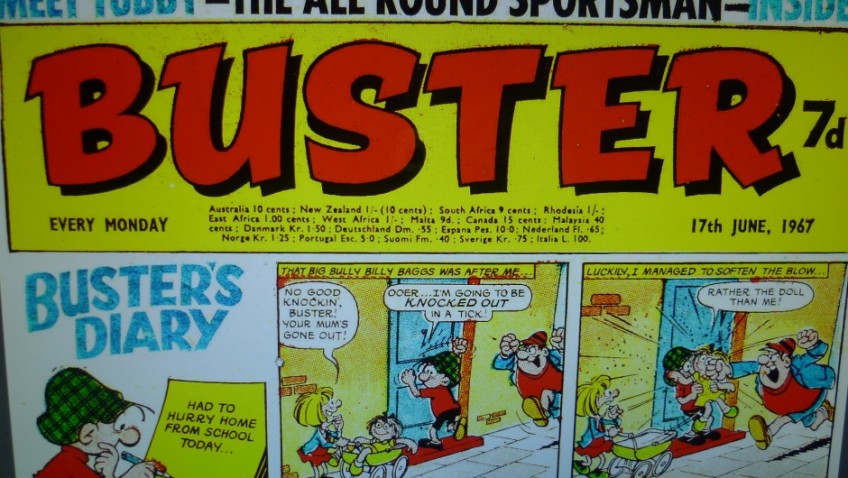I always love this time of year. The occasional smell of burning leaves, the autumn colours, the trip to WH Smith to fill up your pencil case with new rubbers and gel tip pens you probably won't use ...
Except, now I'm the teacher. I teach at St George's Hospital, where I'm the Royal Literary Fund Fellow. Funded by Winnie the Pooh, my job is to help medical students who haven't written an essay in years suddenly tackle a research proposal of 2,000 words, or a final year dissertation.
I also (because, as we all know, very very few writers these days can afford to write full-time, and also, it turns out, because I really love it) teach writing for children at City University. This is not 'writing' for-children-at-City (that would be weird), but 'writing for children' for adults who choose to attend a short 10-week course at City, because they think they have a children's book or two inside them, and they're not sure how to get it out.
I've done both for a while now, and while a medical dissertation and a gripping chapter book for seven year-olds may not seem to have a lot in common, here are a few tips I've learned that help if you are stuck, whatever kind of writing you are trying to do.
- Don't try too hard to make your writing look 'difficult'. This is especially true of new students trying to impress their professor with their medical knowledge, by using as many long words, sentences and paragraphs as they can think of.
- If in doubt, start on chapter two. Or section 2, if it's an essay. I suggest that at first, my medical students leave out that all-important introduction. It's a nightmare! I get them to try writing the bit they know well first, and go from there. They can go back to the introduction later, when they have a structure and know what they're introducing. And if it's a book, students may just find they don't need that missed-out Chapter 1 at all. You started with the action. Somehow you fitted in more of the backstory than you expected to, without going overboard with it. The reader is gripped. You just saved yourself a month of worry. You're welcome.
- Read your work aloud.
- Read your work aloud.
- Read your work aloud.
- READ YOUR WORK ALOUD! If they do only one thing, it should be this. Best of all, at City I ask them to get someone else to read it for them. (Not my idea - Keren David taught it to me.) Instantly, they hear what jars, what doesn't make sense, what takes too long, what's boring, what's really-quite-good-actually, what works. Medical students get so much from it too. They see where their argument has gone a bit flabby, and where they used words whose meaning they weren't entirely sure of (see point 1) and didn't entirely get away with it.
- Don't try to say too much at the beginning. Grip the reader. Let me know what direction I'm heading in. (See point 1 and point 2). I don't want detail yet. I want to trust you as a writer. Tell me what this is about. Let me hear your voice. Give me an intriguing image or two. Get me on your side. Then you can bamboozle me with facts and backstory.
- Ah, voice. As Joan Lennon recently said on this blog, it's the thing that matters. I liken voice to the late Terry Wogan. (Not to the medical students who, bless them, would have no idea who I'm talking about. I am about 104.) Remember - do you remember? - when his dark honey voice reached you from the radio? He sounded so confident, so pleased about what he was going to tell you, and he was going to tell it to only you. It was as if he'd put his arm around your shoulder and was walking beside you. A great voice sounds incredibly easy, as if the writer simply couldn't do it any other way, and it is SO BLOOMIN' DIFFICULT. I struggle with it every single time. It takes me longer than anything. But without it, I might as well not bother because it's what makes the reader want to know my story.
- If a sentence can be short, great.
- Read. I know we all know this. All the best medical students I see have one thing in common: they read in their spare time, or they certainly used to until recently. Many of them didn't discover reading for pleasure until their teens, but then they read voraciously. They're embarrassed about doing it now ('It's only novels', 'It's only biographies', 'It's only things I like from magazines') because they think they have to be studying medicine 24/7, but simply by reading, they've absorbed by osmosis most of the things I have to tell their friends. And my City students delight me with how much reading they do between classes, on top of their regular jobs and looking after their families. They learn. They grow. You can see it in their writing.
Reading for pleasure is the most important thing. It's why I cling on to every school librarian, teacher and bookseller I meet. I know we all work so hard to keep libraries open and support our indie booksellers, because we know what a fabulous job they do - not only making our work available, but opening up the world of the imagination to a new generation. If you have ever encouraged a child or a young adult to find a book they love, you have my undying appreciation. Thank you! You're educating new writers more than I ever could.
Twitter - @sophiabennett
Facebook - SophiaBennettAuthor




























